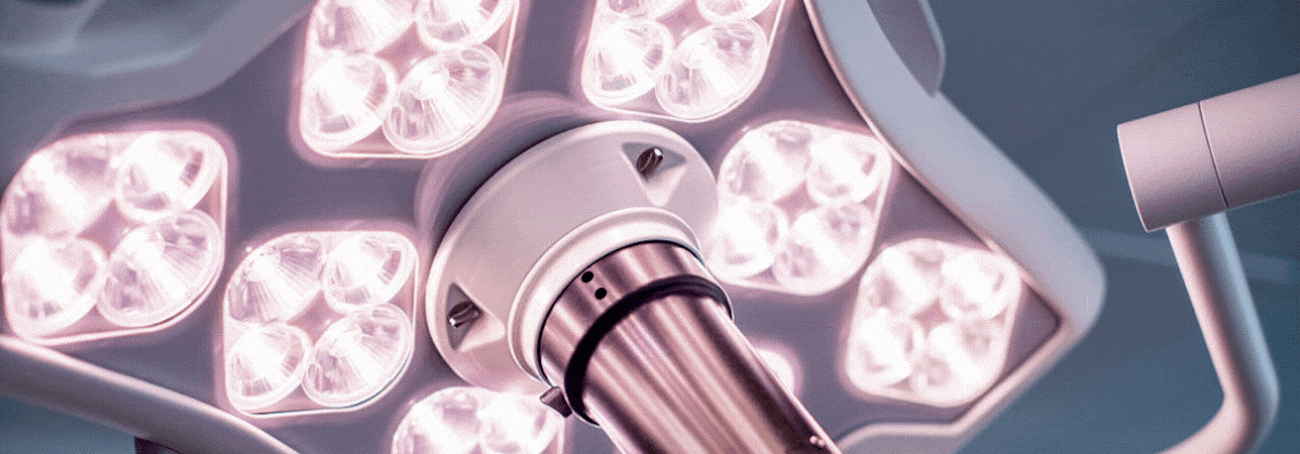Further information on diagnosis, therapy and treatment options
- Our centresback
Our centres
- Centres for refractive surgery
- Swiss Visio Beau-Rivage
- Swiss Visio Bellinzona
- Swiss Visio Biel/Bienne
- Swiss Visio Chavannes
- Swiss Visio Eaux-Vives
- Swiss Visio Fribourg
- Swiss Visio Genolier
- Swiss Visio La Providence
- Swiss Visio La Tour-de-Peilz
- Swiss Visio Lausanne Prélaz
- Swiss Visio Lausanne-Gare
- Swiss Visio Lutry
- Swiss Visio Martigny
- Swiss Visio Montchoisi
- Swiss Visio Moutier
- Ophthalmology
- Laser surgery
- Doctor directory
- Patients & Visitors
- About us
- Our centresback
Our centres
- Centres for refractive surgery
- Swiss Visio Beau-Rivage
- Swiss Visio Bellinzona
- Swiss Visio Biel/Bienne
- Swiss Visio Chavannes
- Swiss Visio Eaux-Vives
- Swiss Visio Fribourg
- Swiss Visio Genolier
- Swiss Visio La Providence
- Swiss Visio La Tour-de-Peilz
- Swiss Visio Lausanne Prélaz
- Swiss Visio Lausanne-Gare
- Swiss Visio Lutry
- Swiss Visio Martigny
- Swiss Visio Montchoisi
- Swiss Visio Moutier
- Swiss Visio Palézieux
- Swiss Visio Pfäffikon
- Swiss Visio Research Centers
- Swiss Visio Saint-Imier
- Swiss Visio Sierre
- Swiss Visio Siloah
- Swiss Visio Valère
- Swiss Visio Zürich
- Ophthalmology
- Laser surgeryback
Laser surgery
- Doctor directory
- Patients & Visitors
- About us
close search



